Husband too late to prevent film legend’s lonely death in a London bathroom
Mickey Deans made a terrible discovery 50 years ago today, when he had to climb in through a bathroom window after receiving no response from his wife Judy Garland
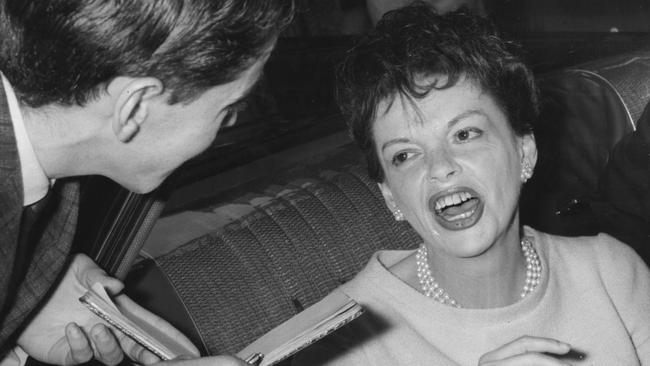
Today in History
Don't miss out on the headlines from Today in History. Followed categories will be added to My News.
On the morning of June 22, 1969, 50 years ago today, nightclub owner Mickey Deans made a terrible discovery.
A phone call had come through for his wife Judy Garland and seeing she had already got out of bed he arose to look for her. He knocked on the door of the bathroom in the small cottage he was renting in Cadogan Lane in the Belgravia area of Chelsea, London, but there was no response.
The door was locked so Deans climbed out of a window and crossed the roof to try to get into the bathroom. Through the window he could see Garland slumped on a toilet with her head resting in her hands. He flung the window open and rushed over to her lifeless body.
Deans called an ambulance and the police, but he suspected there was little they could do. A doctor arrived and pronounced the star dead. The cause of death was determined to be, as the coroner put it, “an incautious self-overdosage of sleeping pills”.
It was a sad end to a colourful life, one with many triumphs and tragedies. Although her last decade had been marked by several career setbacks, personal problems and declining health linked to alcohol and drug use, her death still came as a profound shock to the world.
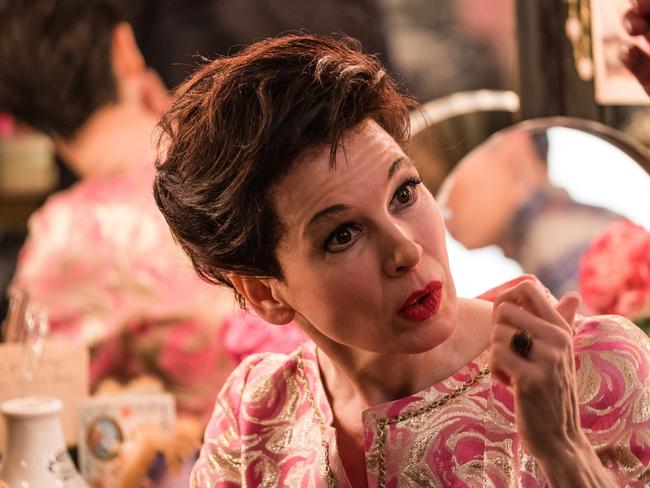
But her legend has continued to grow in the fice decades since her death, helped partly by her legacy of films and recordings, but also by portrayals of her story on stage, TV and in films. Among them was Judy Davis in the miniseries Life With Judy Garland: Me And My Shadows, which won her several awards including an Emmy and a Golden Globe. Rocker Chrissie Amphlett also won critical acclaim playing Garland in the stage production The Boy From Oz. In September Renee Zellweger will be the latest to portray the great actor-singer in the film Judy.
In some ways Garland was born to perform. She came into the world on June 10, 1922, and was given the distinctly un-Hollywood name of Frances Ethel Gumm. Her parents, Ethel and Frank, were veteran performers who had settled down in Grand Rapids, Minnesota, to run a movie theatre.
At the age of two Garland had her first public performance singing Jingle Bells on stage at her parents’ theatre with her sisters Mary (nicknamed Suzy) and Virginia (Jimmie).
Garland took to performing with such enthusiasm that she repeated the song several times, to increasingly thunderous applause before her father decided enough was enough.
The parents saw the potential of acting featuring the trio of sisters and started training them to do a vaudeville act as the Gumm Sisters, giving them singing, dancing and acting lessons. But Frank also harboured a desire to get his girls into film.
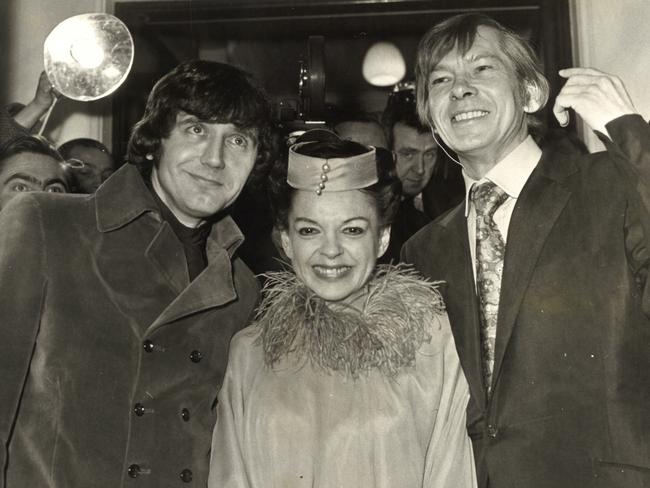
In 1929 they made their film debut doing an act in a short film titled The Big Revue. With her huge voice for a small girl Garland stole the show and the next year was hired to a solo on the short film Holiday In Storyland.
In the ’30s as they became more famous and at the suggestion of an agent, the trio ditched the name Gumm and started billing themselves as the Garland Sisters.
One suggestion is that the name came from Carole Lombard’s character Lily Garland in the 1934 movie Twentieth Century, although there are several conflicting stories. Frances was also changed to Judy, inspired by a popular song by Hoagy Carmichael.
In 1935 MGM boss Louis B. Mayer sent a contact to see the sister act at the Orpheum in Los Angeles. It led to a call for an audition at which Garland wowed the film execs with her voice and personality and was signed to a contract.
Although Frank argued they shouldn’t break up the act, MGM was only interested in Judy.
They found it hard to fit her into a category, however. She was already too old to be a child star but not glamorous or old enough to be an adult one. This scrutiny of her looks caused some amount of damage to her self-esteem.
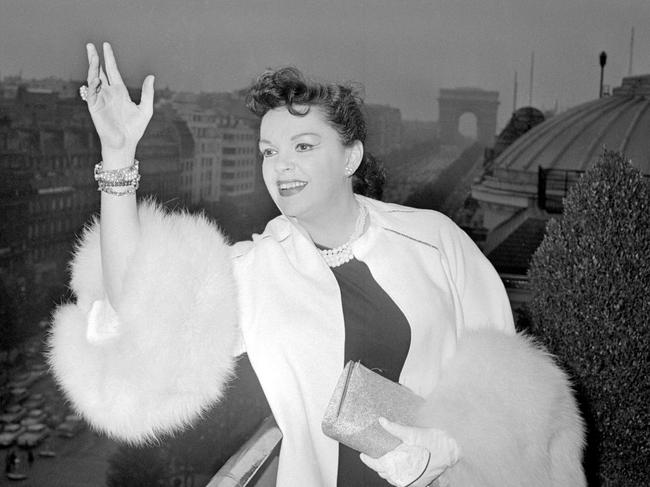
Frank never got to see her biggest success, dying of meningitis in December 1935.
Garland appeared in a string of films, forming a popular partnership when paired with Mickey Rooney in 1938, but the movie that made her a star was The Wizard Of Oz in 1939.
She married bandleader David Rose in 1941, but Rose teamed up with her mother and MGM studio executives to force her to have an abortion and the marriage fell apart. They divorced in 1944.
While making the 1944 film Meet Me In St Louis she began an affair with director Vincent Minelli and they married in 1945. They had one daughter, Liza, in 1946, but that marriage also broke down and they divorced in 1951.
Things were beginning to go badly for Garland. The successes of the 1940s had been built on gruelling filming sessions, with prescription medication to keep her going.
The drug use on top of a drinking problem brought on by the emotional turmoil of her private life impacted on her work. She was fired from Annie Get Your Gun in 1949 and Royal Wedding in 1950.
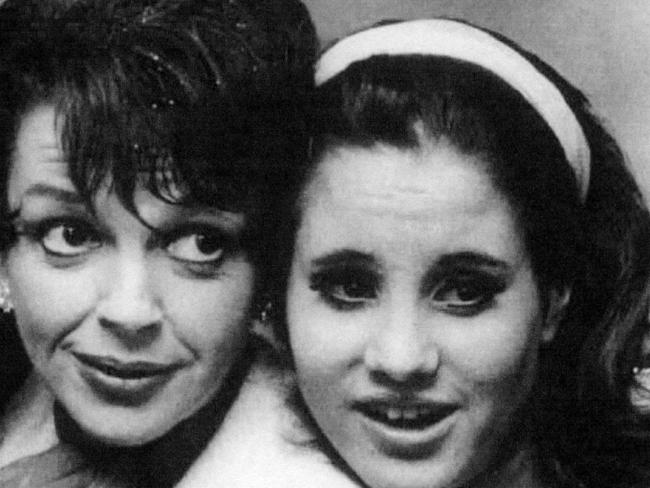
She went back to live performances and in 1952 married her tour manager Sid Luft and they had two children — Lorna in November 1952, and Joey in 1955. Luft also engineered what was meant to be Garland’s screen comeback, producing her film A Star Is Born (1954), but the film lost money and despite being a hot favourite for an Oscar, she lost to Grace Kelly.
She made only a handful of films thereafter, returning to concerts and the occasional TV appearance.
She began divorce proceedings against Luft in 1963 and in 1964 was in such a delicate emotional and physical state that she turned up late to concerts on her Australian tour and was even booed off stage in Melbourne.
Heading off to London along the way she met aspiring star Peter Allen in Hong Kong and took him under her wing. He later accompanied her on a tour of the US and married her daughter Liza.
In 1965 with her divorce from Luft finalised she married actor Mark Herron. They separated just six months later. With tax bills to pay she signed on for the film Valley Of The Dolls in 1967 but was fired from the production.
Settling in London she began dating Deans in December 1968
and once her divorce was finalised from Herron they married in March 1969. Battling health problems she died on June 22.
Originally published as Husband too late to prevent film legend’s lonely death in a London bathroom



